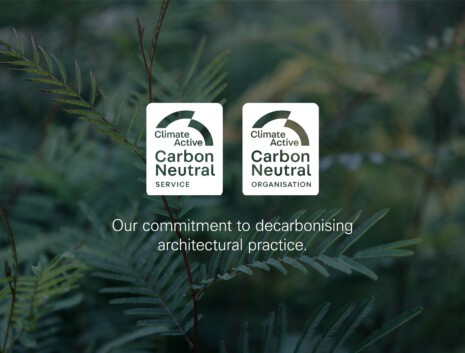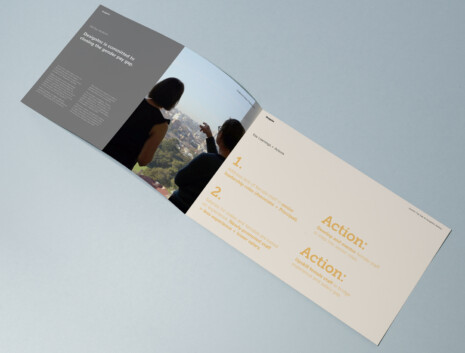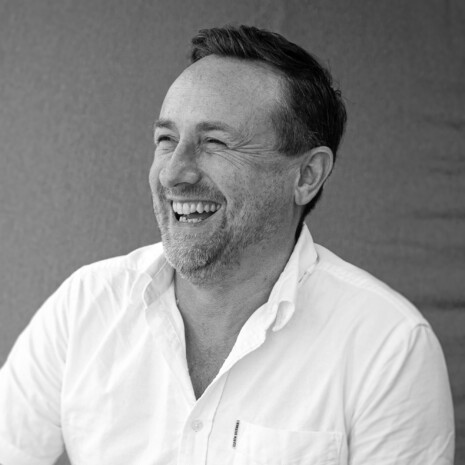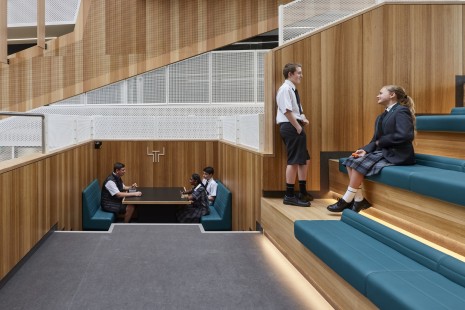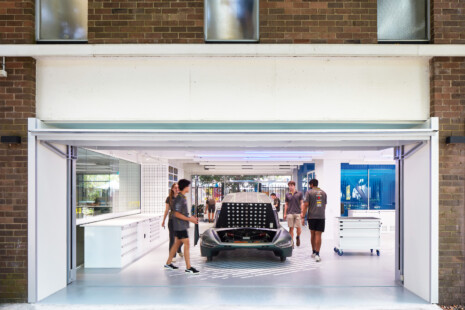Getting to know Alex Matovic
Craft, detail, assemblage and experience. Four key ingredients that have defined DesignInc Sydney Principal, Alex Matovic’s worldly career to date. Earlier this year, Alex and his five-strong Aeta Studio team joined DesignInc Sydney, bringing with them an array of professional experience in tertiary education and commercial sectors.
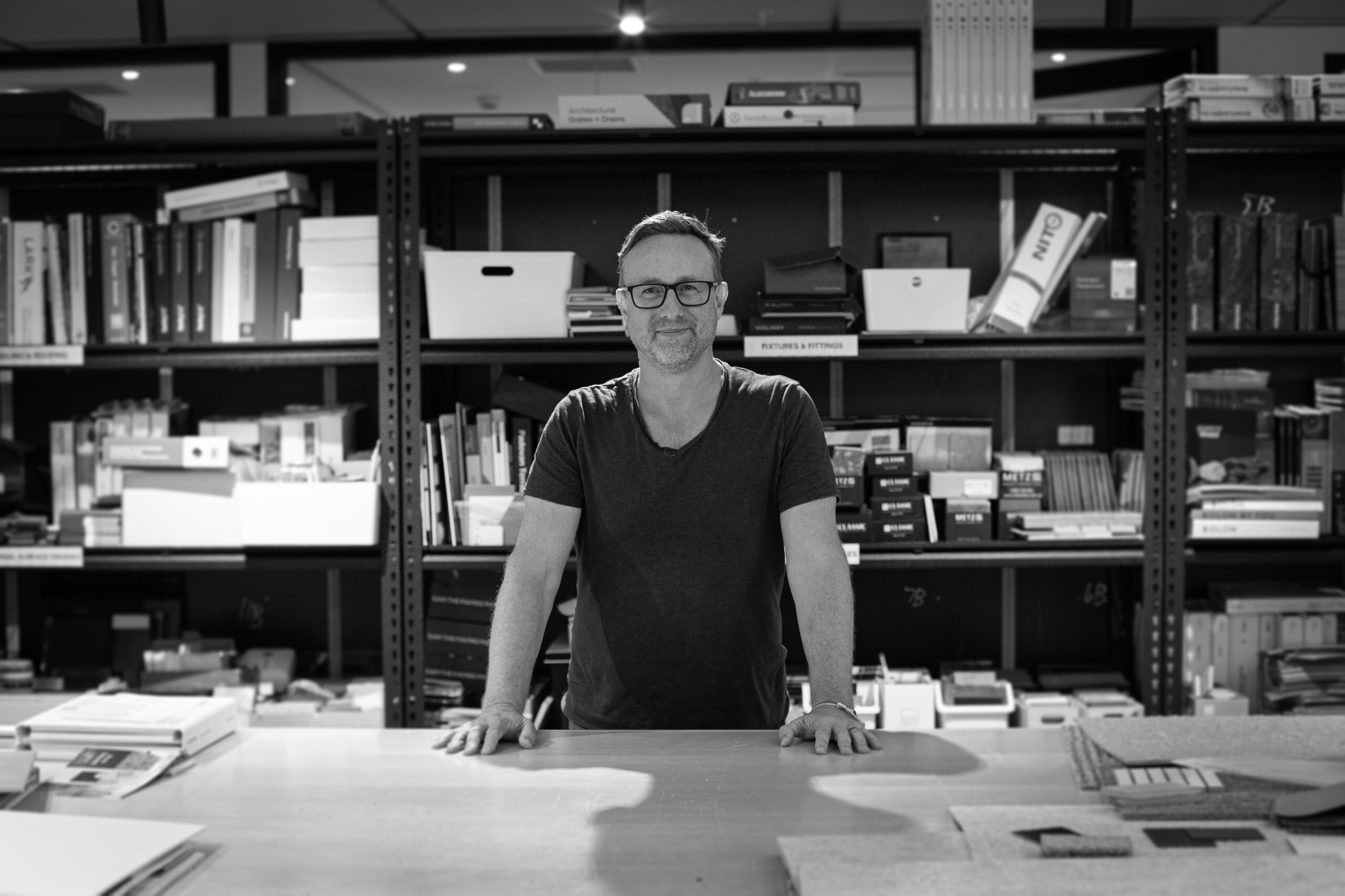
Craft, detail, assemblage and experience. Four key ingredients that have defined DesignInc Sydney Principal, Alex Matovic’s worldly career to date. The latter, experience, is perhaps the most defining. From the classroom to the real world, it’s something that has guided Alex on his architectural journey.
After finishing his degree, Alex moved to the UK with Grimshaw Architects—honing a craft approach combined with a progressive view of the future. After 15 years of working on world-shaping projects, Alex decided to start his own Sydney-based practice, Aeta Studio, with an emphasis on design quality, practical sustainability, tertiary learning and research spaces.
“We specialised in repositioning existing buildings and the technical challenges in renewing them to foster the idea that it’s better making legacy buildings work for the future rather than disposing of them,” said Alex.
Earlier this year, Alex and his five-strong Aeta Studio team joined DesignInc Sydney, bringing with them an array of professional experience in education and commercial sectors. Alex joined DesignInc’s ranks as a Principal growing our capability in tertiary education and laboratories sectors.
I joined DesignInc because of its culture and collaborative approach to architecture. They prioritise a healthy work-life balance and believe that happy employees produce excellent architecture. That I truly believe in, and is how I’ve modelled my approach to managing teams and projects throughout my career.
Alex Matovic
Principal, DesignInc Sydney
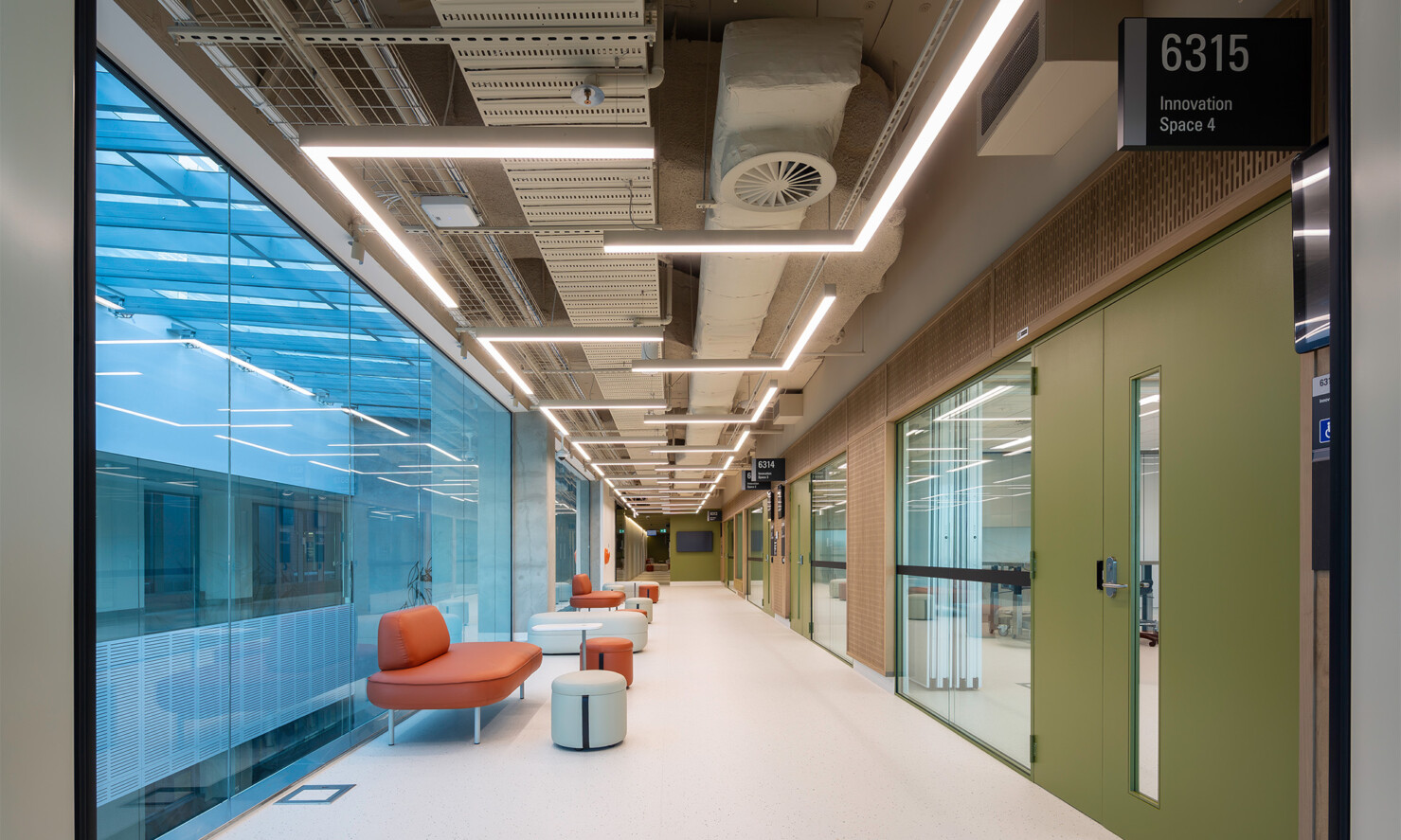
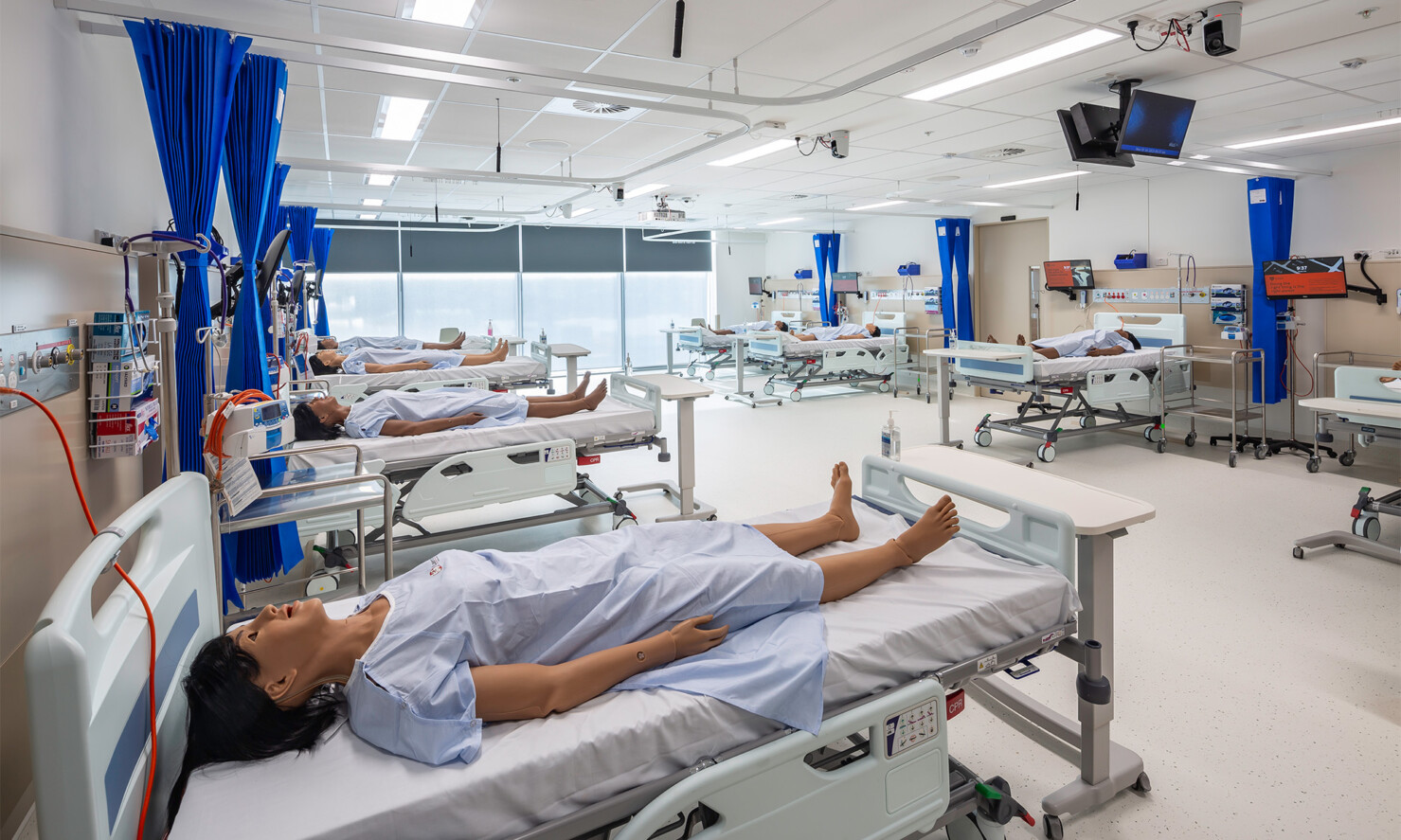
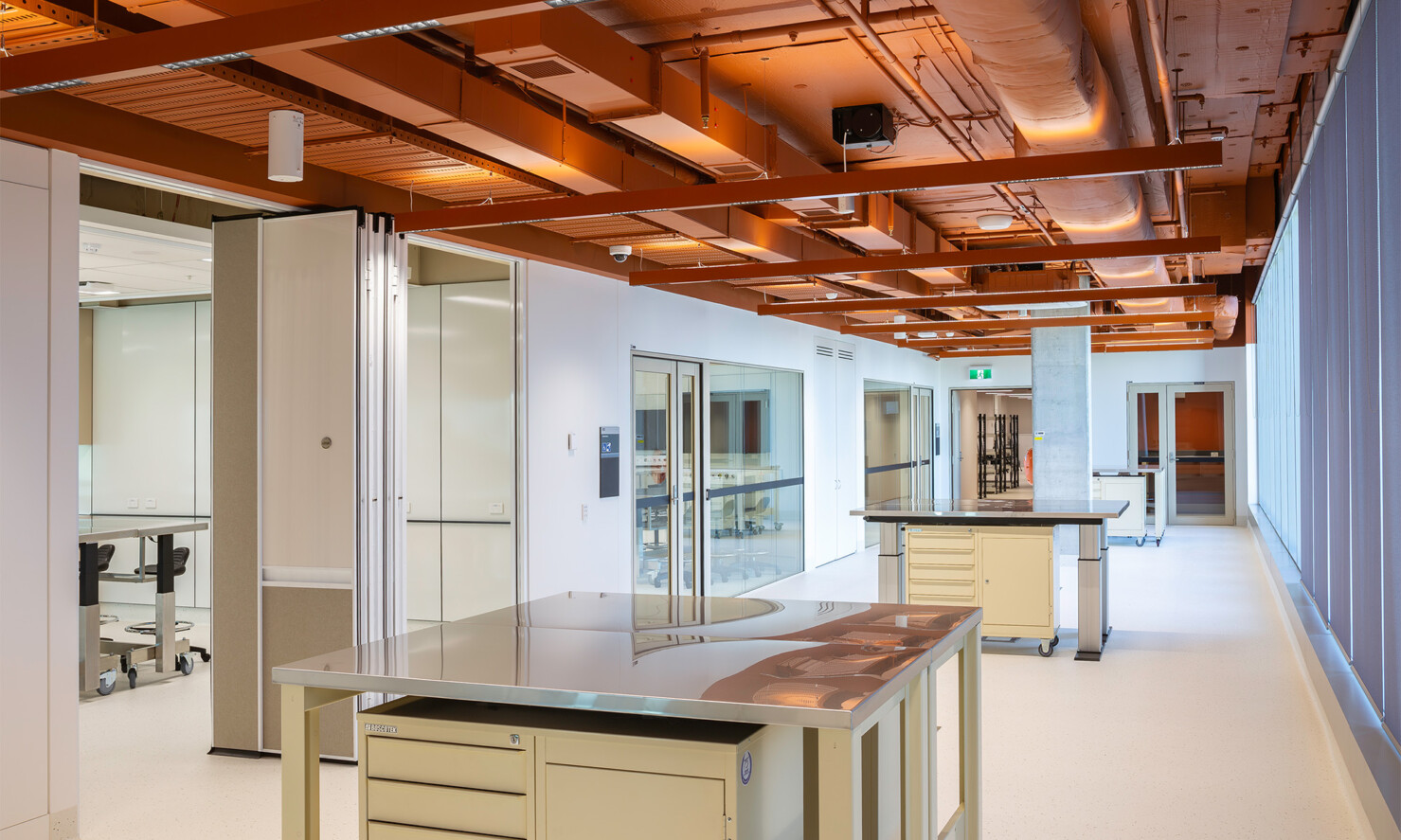
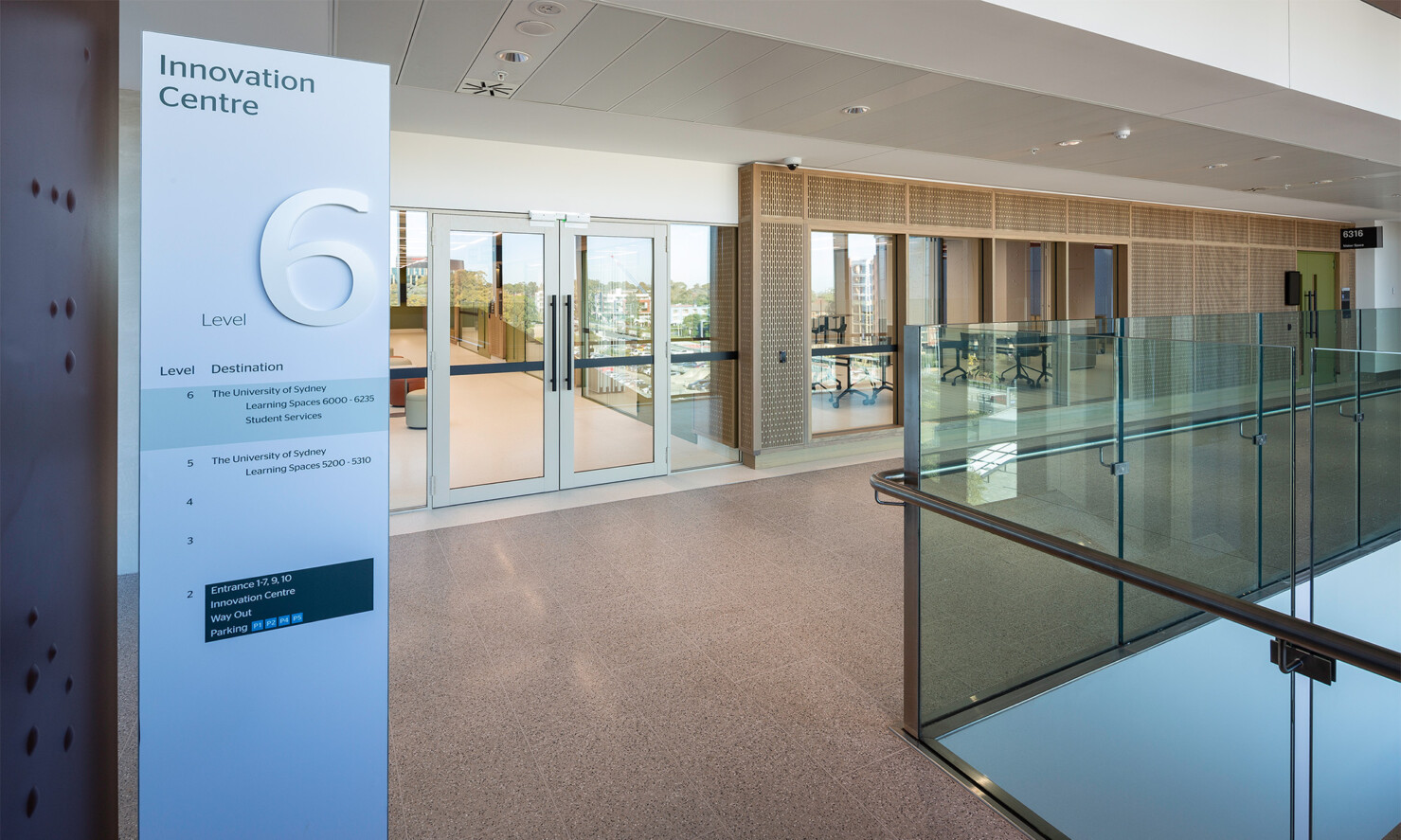
This tertiary niche has seen Alex lead, work on, and deliver over 50 projects for education and research institutions globally. So, what makes a university tick from a design perspective?
Fifteen to twenty years ago, institutions around the world started to become very concerned with what’s now called the ‘student experience’—which encompassed two main aspects.
First was a concern with the actual learning experience. People recognised that the qualities of environments they learn in actually have an impact on the success of learning. The second part was recognising that universities are competing for students and researchers, and that they needed to offer a collegiate experience that was superior to packing people into dark rooms and force feeding them information. These concerns lead to new ways of thinking about the quality of the campus, socialisation of learning, and the influence technology has on new ways learning and working, supporting stronger critical thinkers.
Technology continues to have a dramatic influence in the way it facilitates both learning experiences and learning space quality, and is something universities have invested heavily into.
For example?
There’s excellent research that’s been produced in the UK—known as the Salford ‘Clever Classrooms Study’—that outlines the impact of the environment on learning success. There’s a lot of ‘devil in the detail’ issues that requires aligning learning space with pedagogical aims, but overall (and, maybe not surprisingly to architects), some of it comes down to really simple things such as light, acoustics, and materials.
At the end of the day, the consequence should be great, inspiring, and enjoyable spaces. Because people enjoy being in it, and are comfortable, the space can be successful at a fundamental level. Technology can enhance these spaces but won’t ‘solve’ terrible ones. The pursuit of creating right spaces can trump so many issues surrounding a learning community and that is what institutions are really invested in.
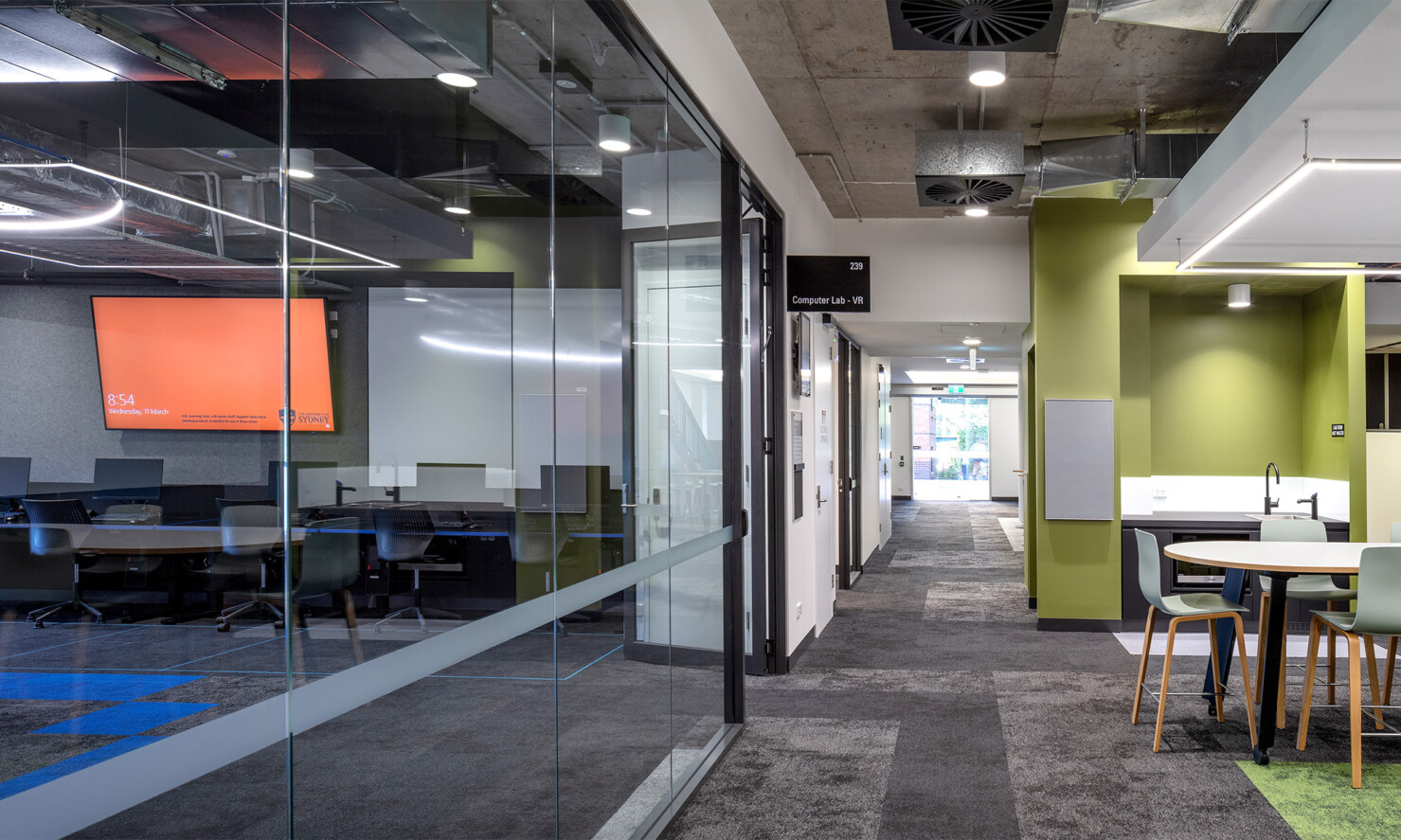
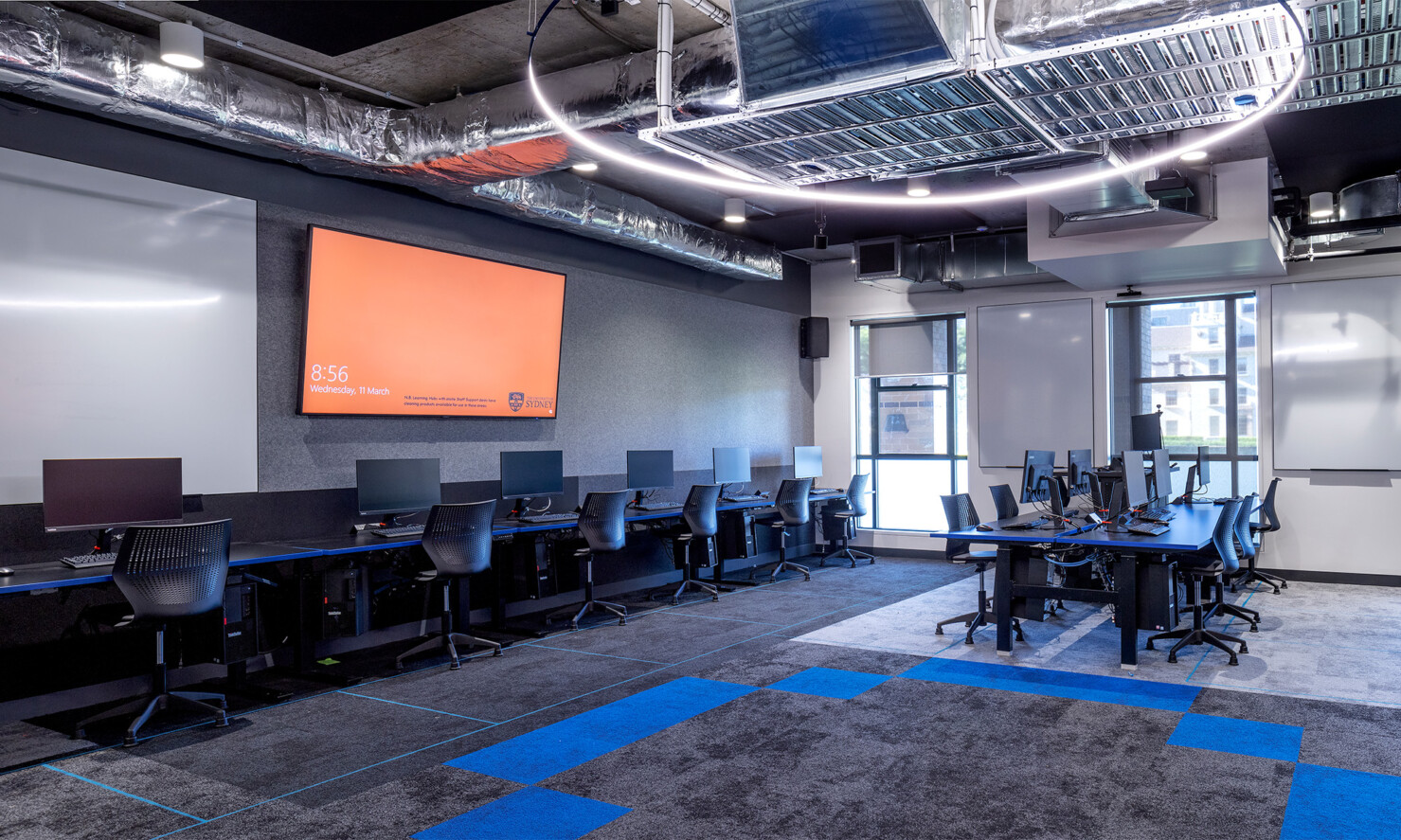
Like universities, commercial workplaces face a similar challenge—largely influenced by the ’employee experience’. Why is that?
What is interesting to me is that there are direct parallels between the way that learning environments have transformed over the last 20 years as to how workplace environments are now evolving. Again, there’s similar aspects to this.
First at the work-environment level. Although a lot of organisations have reduced their workspace significantly, more are pursuing real change in their style of working and the spaces they offer, which are much more aligned with original principles of activity-based working. Rather than everyone having an assigned desk, this recognises that different environments support individual ways of working—and so require choice in the workplace. At its best this supports blended modes of productivity, balancing office and home working environments while bringing teams together.
Secondly is the issue of amenity. People are simply really enjoying working at home. Usually, the home environment is much higher quality in terms of its comfortability and familiarity, personalised look and feel, convenience and amenity—and often the freedom offered in contrast to working in a CBD. Creating new office and CBD environments that respond to these issues while fostering team environments where innovation thrives is needed in a balanced approach ensures personal and business needs are met equally.
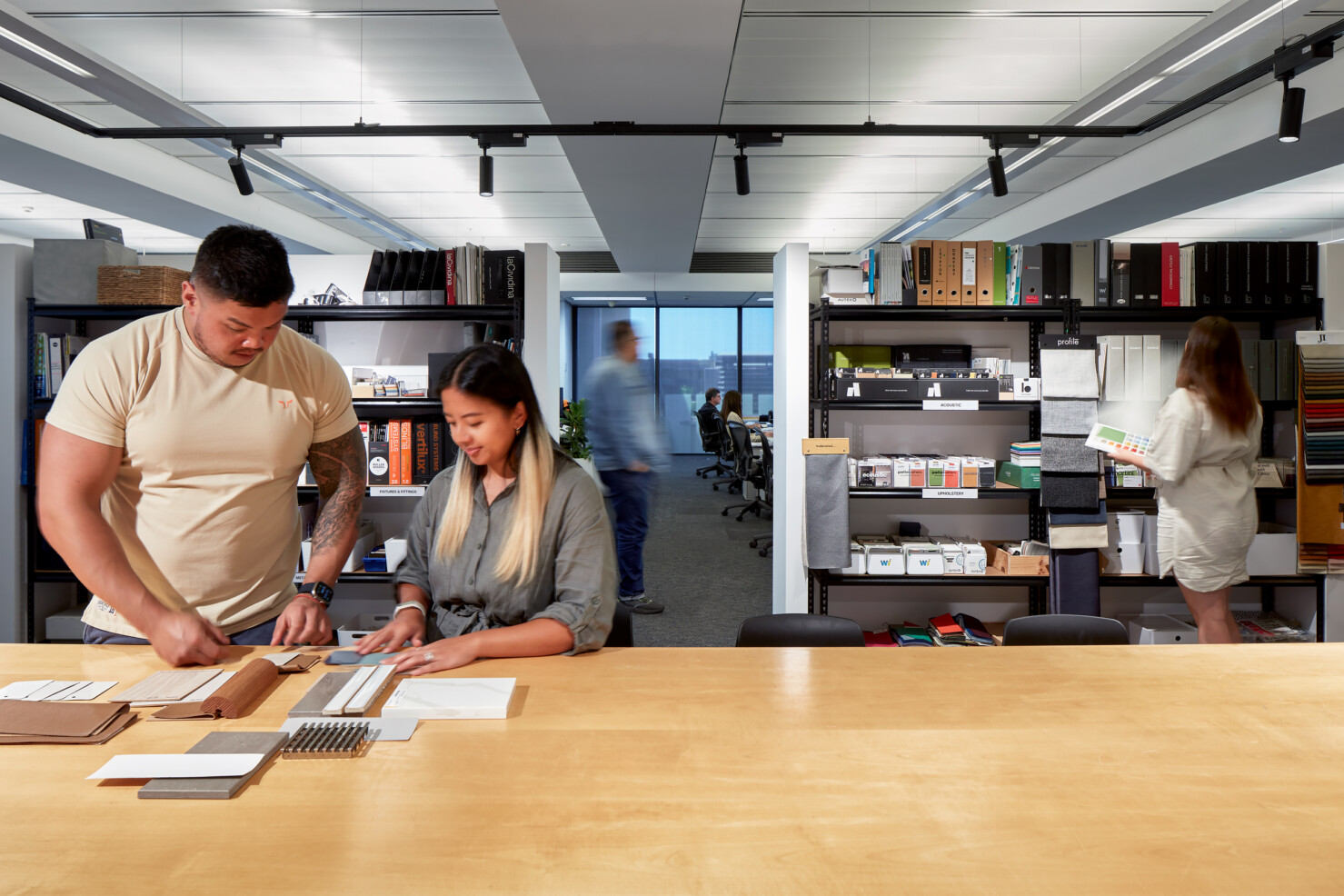
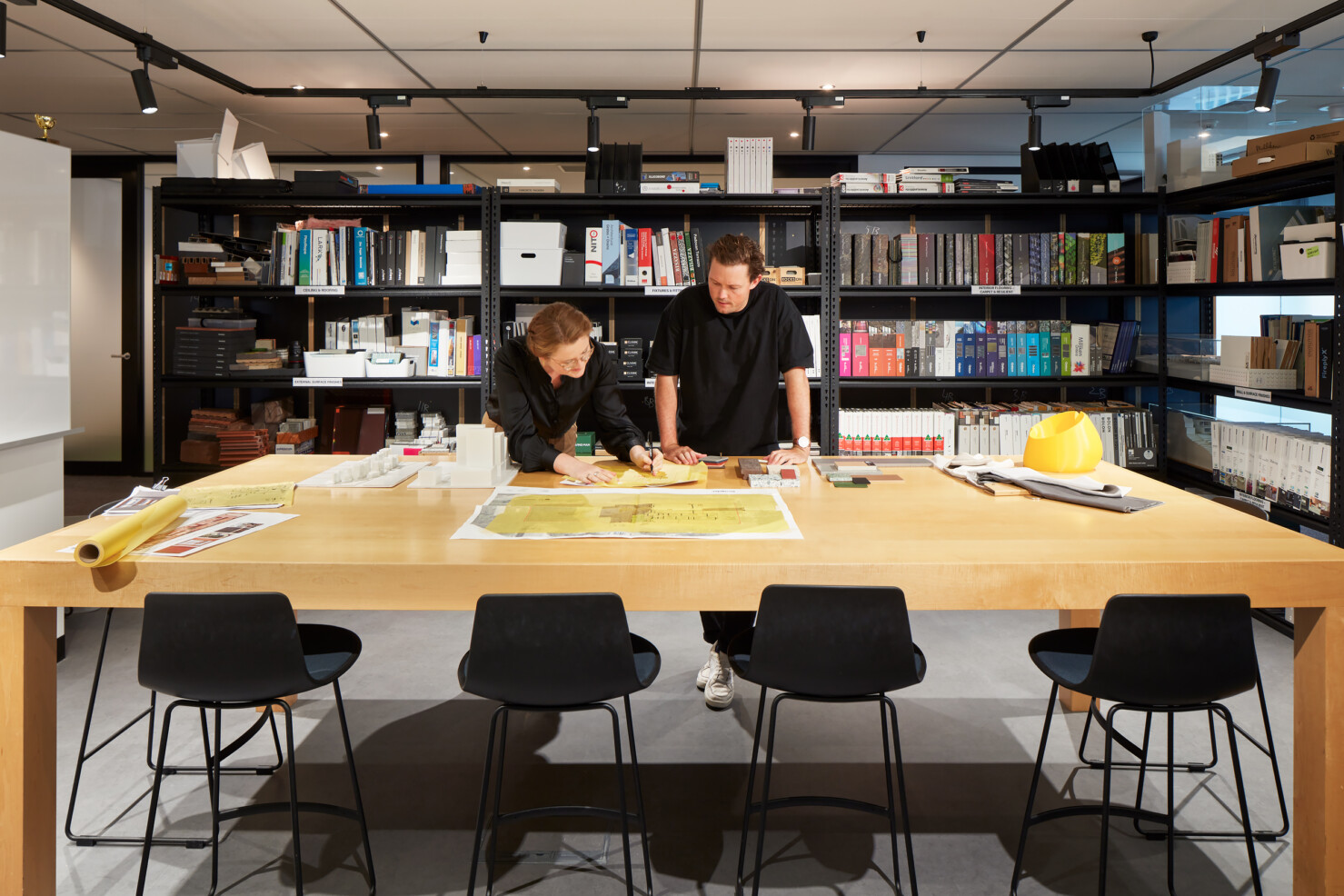
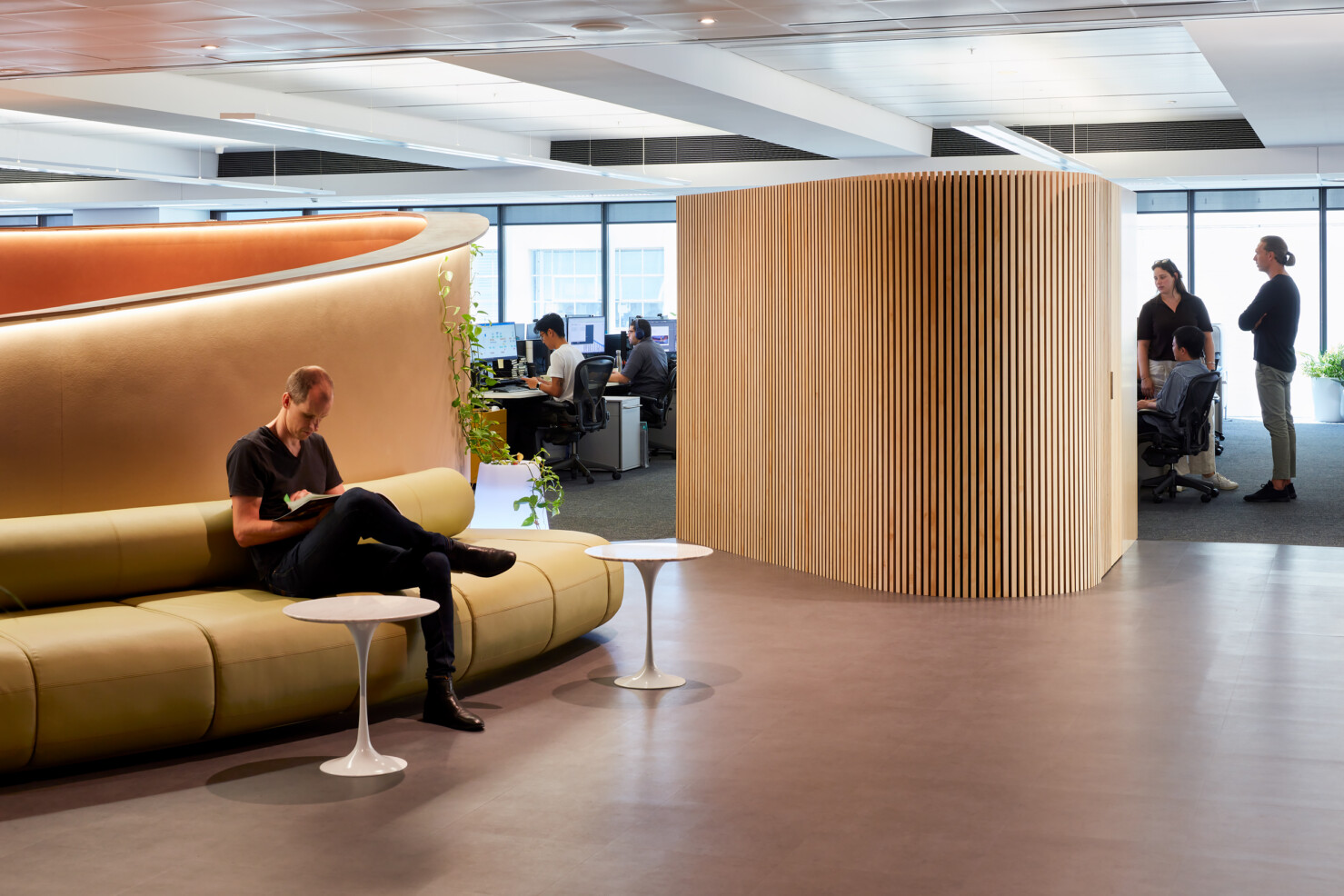
Perhaps there is a simple solution for landlords looking to attract tenants?
Commercial assets must consider what they offer people coming to work. They must answer the questions: what can we give people at work that they cannot get at home? How can we make employees’ and employers’ lives better, without detriment to the other?
Landlords have to challenge their value proposition. Upgrades don’t necessarily mean spending lots of money on fancy materials, grand lobbies—no. It actually means offering something useful to people that they enjoy coming in to the city for—something that improves their lives, work, and wellbeing holistically which they cannot get at home.
You can learn more about Alex here.
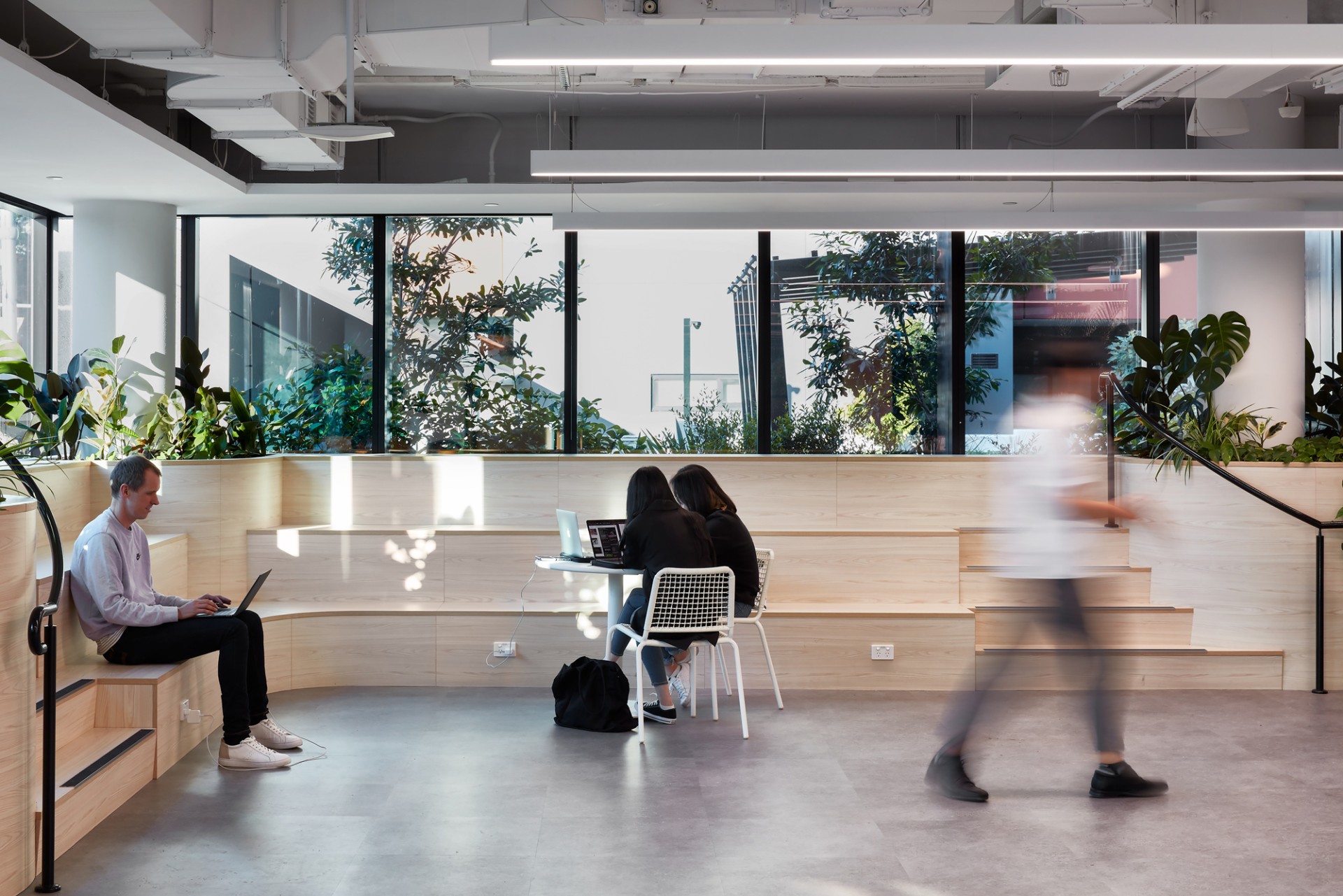
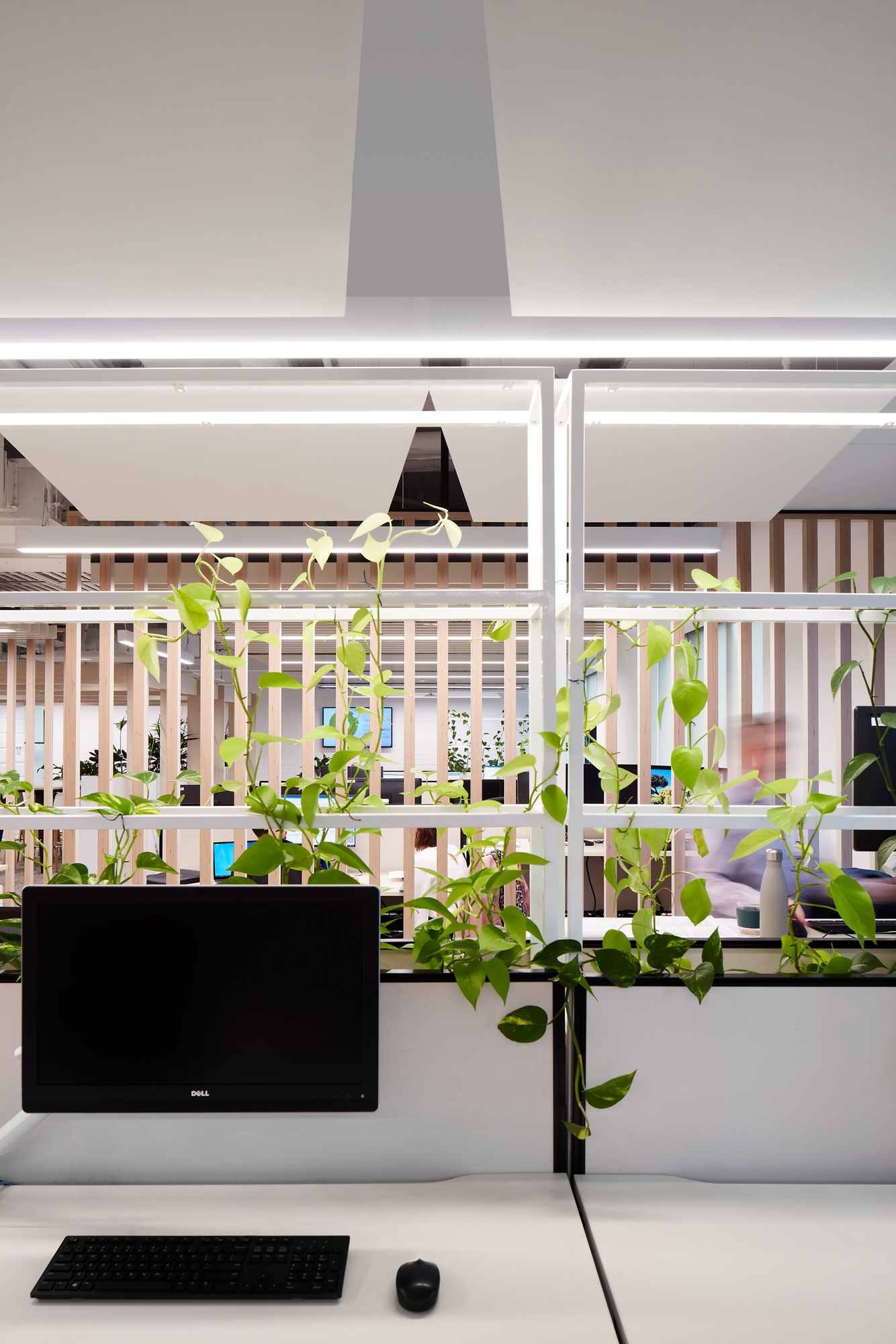
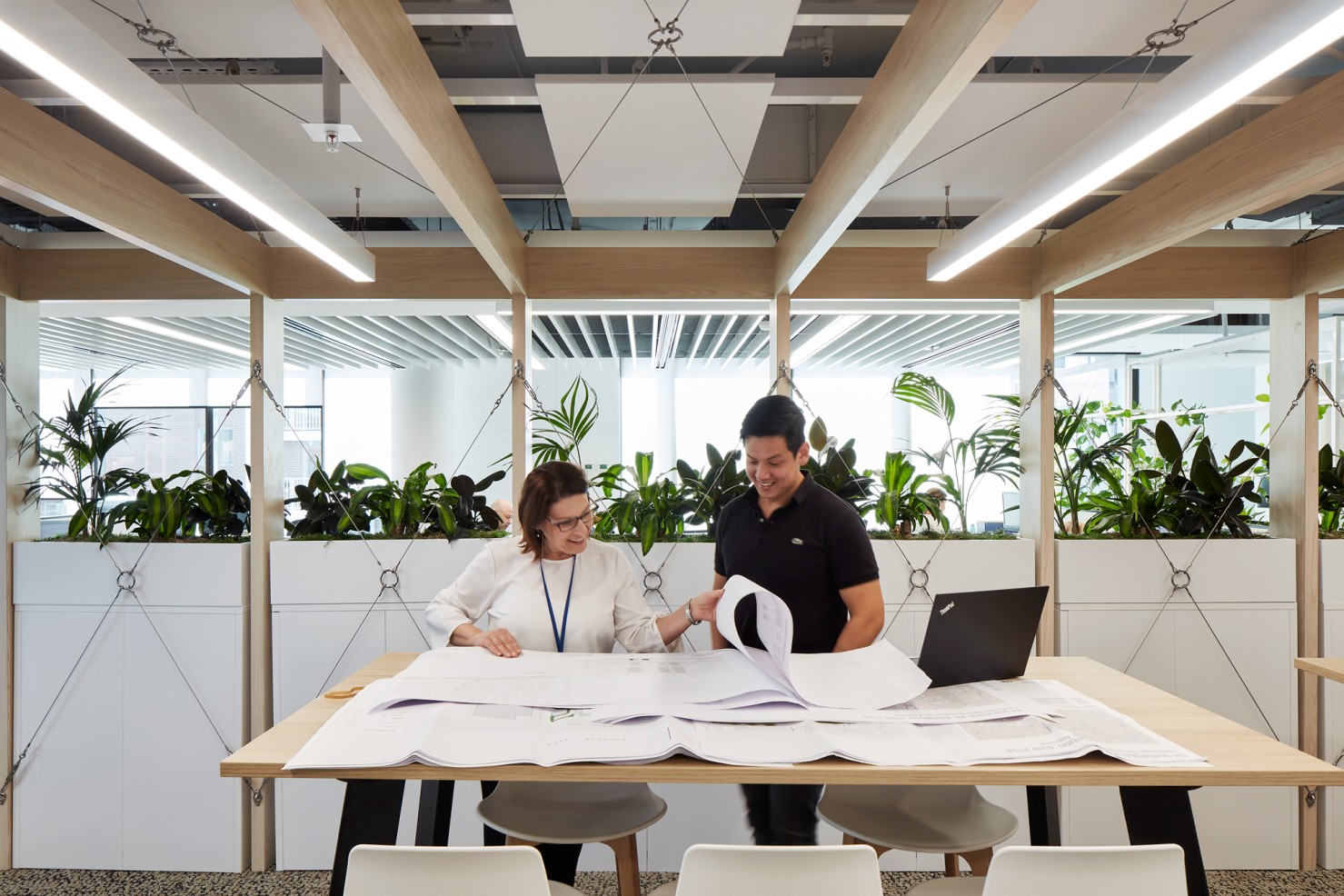
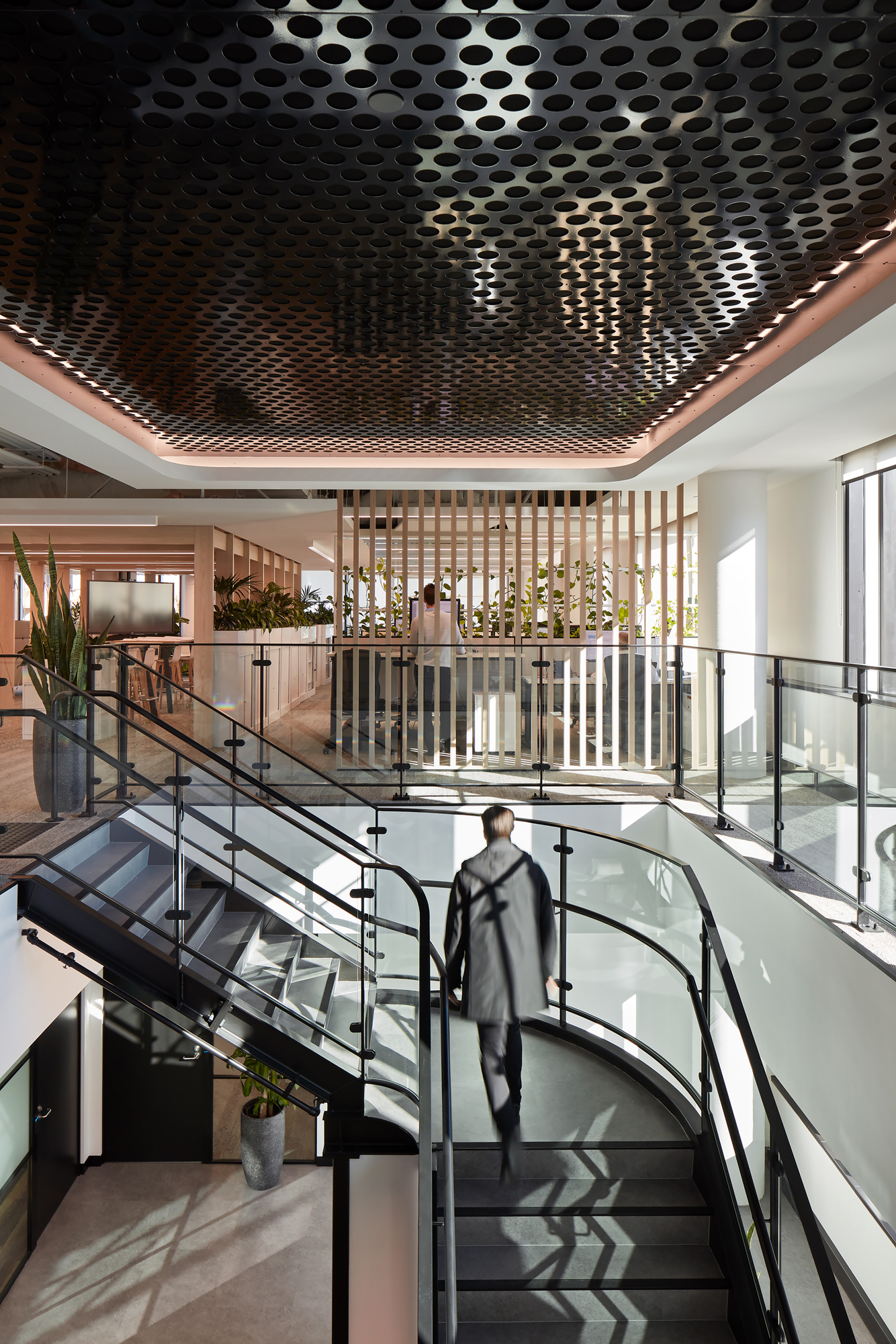
People

Cathryn Drew-Bredin
NSW Architect Registration No. 7269
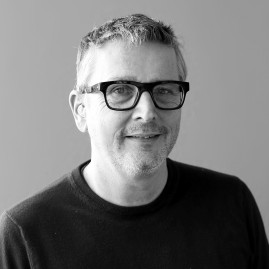
Ian Armstrong
NSW Architect Registration No. 7260

Mary Anne McGirr
NSW Architect Registration No. 10946
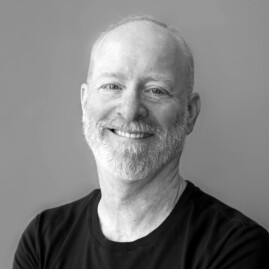
Richard Does
NSW Architect Registration No. 8126
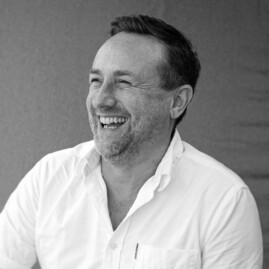
Alex Matovic
NSW Architect Registration No. 9196
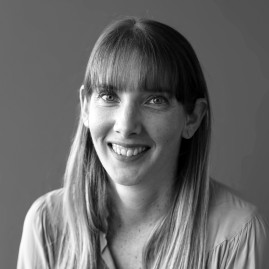
Claire Kirlew
NSW Architect Registration No. 9186

Garth Davies
NSW Architect Registration No. 7373
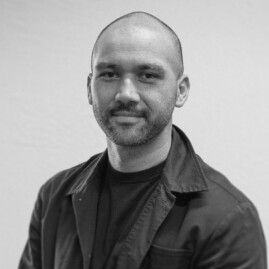
Joseph Loh
NSW Architect Registration No. 8841
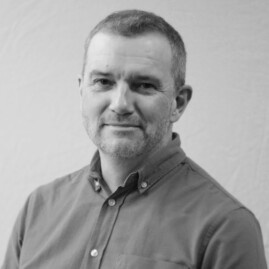
Jamie Kemp
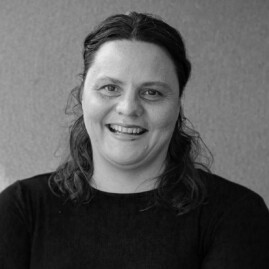
Jane McGarry
NSW Architect Registration No. 10213
